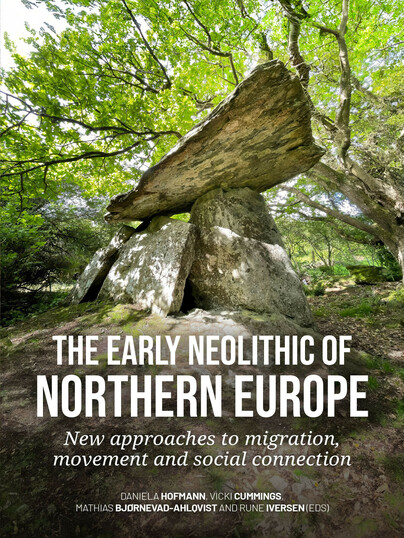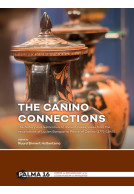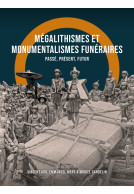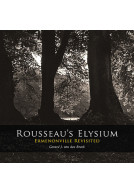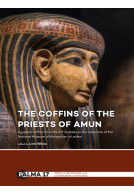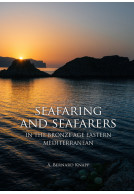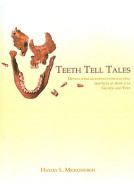Google Books previews are unavailable because you have chosen to turn off third party cookies for enhanced content. Visit our cookies page to review your cookie settings.
The early Neolithic of Northern Europe (Hardback)
New approaches to migration, movement and social connection
Imprint: Sidestone Press
Pages: 260
Illustrations: 64fc / 17bw
ISBN: 9789464263275
Published: 26th March 2025
Script Academic & Professional
Pages: 260
Illustrations: 64fc / 17bw
ISBN: 9789464263275
Published: 26th March 2025
Script Academic & Professional
This book will be reprinted and your order will be released in due course.
You'll be £95.00 closer to your next £10.00 credit when you purchase The early Neolithic of Northern Europe. What's this?
+£4.99 UK Delivery or free UK delivery if order is over £40
(click here for international delivery rates)
Need a currency converter? Check XE.com for live rates
(click here for international delivery rates)
Need a currency converter? Check XE.com for live rates
In Britain, Ireland and Southern Scandinavia, the Early Neolithic is characterised by monumental constructions (e.g. causewayed enclosures, dolmens) and by specific traditions of depositional practice. Some aspects of these practices are similar in both regions, for example the shapes and use of monuments, their overall developmental sequences, and the traditions of deposition (kinds of objects and their treatment, locations chosen and so on). In spite of these similarities, however, there has been little explicit comparative work, largely also because of research paradigms that tended to stress local and regional peculiarities over wide-spread similarities.
Given the increasing evidence for group and personal mobility in recent years, this begs the question of whether such similarities are the result of accidental convergence on the basis of a broadly shared “Neolithic” lifeway, or rather the result of contacts, whether direct or as part of a large-scale, but loose network of interaction. The papers in this volume provide initial case studies to address this issue. Regional case studies of Britain, Ireland, southern Scandinavia, northern France and northern Germany form the basis for reflecting on the similarities and differences of sites and materials to those from adjacent areas, and on the forms and rhythms any potential contact might have taken. Authors draw on both archaeological studies of specific material categories or site patterns, as well as on aDNA evidence or modelling of 14C dates. Papers also offer theoretical reflections on the modalities of contacts and connections at this time, defining more directed questions and priorities to further develop this line of research in the future.
Other titles in Sidestone Press...







